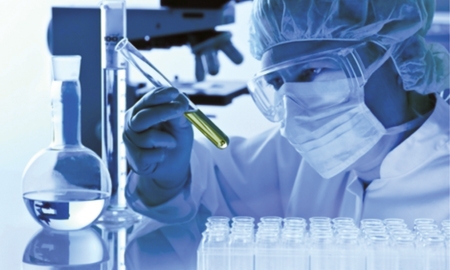These are produced in large quantities, and require a lot of technology.
“We Latin American countries begin by formulating mixtures of the active ingredients that we import,” says Antonio Armejo, outgoing President of Peru’s largest pharmaceutical company,
Ilender.
According to the Peru Pharmaceuticals and Healthcare Report Q4 2012, Peru continues to be seen as a moderately attractive pharmaceutical market, as a result of elevated risks because of regulatory and intellectual property shortcomings, as well as the still-developing healthcare infrastructure.
On the more positive side, economic progress and government-led investment in healthcare facilities and public health programs suggest upside risks, the report says. It also expects Peru’s pharmaceutical marked to post a local currency compound annual growth rate of 7.6% in the 2011-2016 period, which is only slightly below that forecast for the country’s healthcare spending, and also in line with Peru’s gross domestic product (GDP) development.
The report’s main expenditure projections are that spending on pharmaceuticals in 2012 at $1.62 billion will increase by 10.7% over the $1.42 billion in 2011. Healthcare spending will rise by 7.8% to $7.90 billion compared to last year’s $7.09 billion. At the same time, $360 million will be spent this year on medical devices, against the $326 million in 2011, up 7.0%.
The country`s health situation should also be improved by the fact that Peruvian president Ollanta Humala plans to increase government spending on poverty reduction. He aims to slash the poverty rate from 27% to 15% by the end of his term in 2016.
In July 2012, Peru’s Association of National Pharmaceutical Industries (ADIFAN) called for mandatory quality checks on imported drugs, arguing that it was a question of reciprocity as well as quality. Experts have said that such checks would make Peruvians more confident when purchasing such medications. ADIFAN president José Enrique Silva said Congress had tabled a bill to improve quality control measures.
Another key decision aimed at tackling the rising cancer burden, the National Institute of Neoplastic Diseases of Peru (INEN) announced plans in July 2012 to invest $190.8 million for cancer prevention and treatment between 2012 and 2016. Some $53.4 million will be used specifically for cancer treatment, and the rest will be allocated to specialist training and infrastructure expansion in hospitals for cancer detection or treatment.
The report says that Peru is ranked globally as 54th out of the 95 markets surveyed in its Pharmaceutical Risk/Reward Ratings (RRRs), above Kazakhstan and below Ukraine, and 9th out of 17 countries surveyed in the Americas. It adds that Peru will continue to be viewed as a moderately promising longer-term pharmaceutical market for multinationals, due to below-average industrial rewards and risks.
Yet in December 2011, U.S.-based John Hopkins Medicine International was contracted to help improve standards at seven Peruvian hospitals in patient safety, management and the quality of delivery at the healthcare facilities. The contract was facilitated by PacificoSalud, a subsidiary of the largest health insurer in Peru.
The sector’s most prominent company Ilender is a leader in pharmaceutical products for animals and human consumption. Founded in 1989, Ilender began operations in 1990 with a product by Union Carbide (USA) and a dream to conquer Latin America. One of the companies in the group, Laboratorios Americanos, is the first importer of medical drugs in units and the third supplier to Peru’s health system.
From 1993, Ilender began to internationalize in Bolivia, Chile and Colombia, followed by Venezuela. Success was due to the quality of its products, as Ilender’s suppliers have been approved by the U.S. Food and Drug Administration (FDA) and the European Union, and it has been recognized as ISO 9001.
When Ilender started, most Latin American countries were reluctant to purchase such sophisticated products from a Peruvian firm, but that soon changed. The company has started a new expansion era and that could see it grow up to 20 times its current size in eight years. Ilender is building a new plant with the latest technology. It could lead Ilender to become the first Peruvian pharmaceutical company to have a product registered worldwide.
Another pharmaceutical company, Lima-based Inca Health, manufactures natural botanical extracts from herbs found in the Peruvian rainforest and Andes mountains. Inca Health has a team of research scientists exploring new applications for rainforest botanicals, especially Maca and Camu Camu.

0 COMMENTS